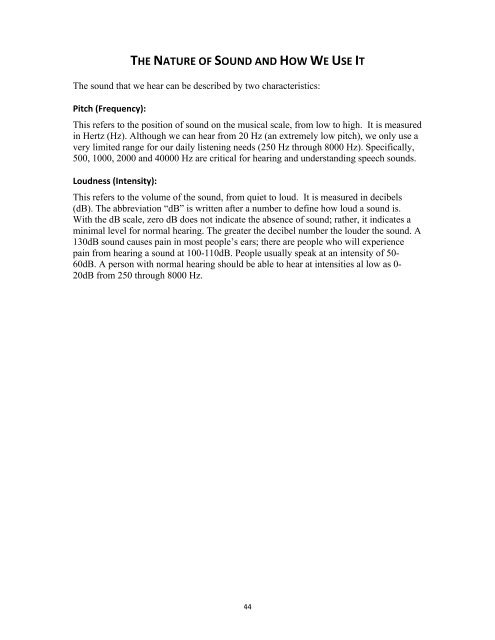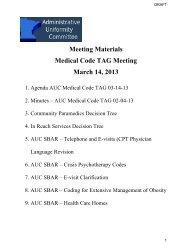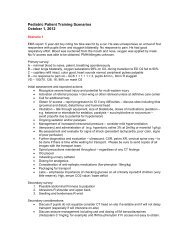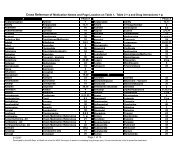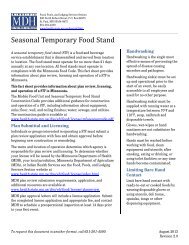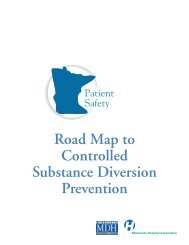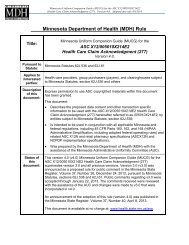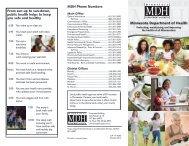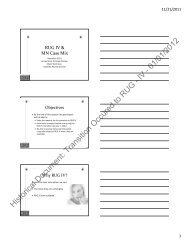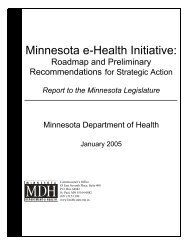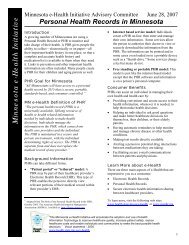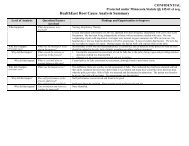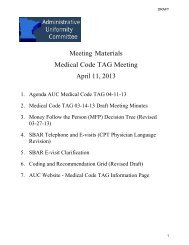Hearing Screening Training Manual - Minnesota Department of Health
Hearing Screening Training Manual - Minnesota Department of Health
Hearing Screening Training Manual - Minnesota Department of Health
You also want an ePaper? Increase the reach of your titles
YUMPU automatically turns print PDFs into web optimized ePapers that Google loves.
THE NATURE OF SOUND AND HOW WE USE IT<br />
The sound that we hear can be described by two characteristics:<br />
Pitch (Frequency):<br />
This refers to the position <strong>of</strong> sound on the musical scale, from low to high. It is measured<br />
in Hertz (Hz). Although we can hear from 20 Hz (an extremely low pitch), we only use a<br />
very limited range for our daily listening needs (250 Hz through 8000 Hz). Specifically,<br />
500, 1000, 2000 and 40000 Hz are critical for hearing and understanding speech sounds.<br />
Loudness (Intensity):<br />
This refers to the volume <strong>of</strong> the sound, from quiet to loud. It is measured in decibels<br />
(dB). The abbreviation “dB” is written after a number to define how loud a sound is.<br />
With the dB scale, zero dB does not indicate the absence <strong>of</strong> sound; rather, it indicates a<br />
minimal level for normal hearing. The greater the decibel number the louder the sound. A<br />
130dB sound causes pain in most people’s ears; there are people who will experience<br />
pain from hearing a sound at 100-110dB. People usually speak at an intensity <strong>of</strong> 50-<br />
60dB. A person with normal hearing should be able to hear at intensities al low as 0-<br />
20dB from 250 through 8000 Hz.<br />
44


